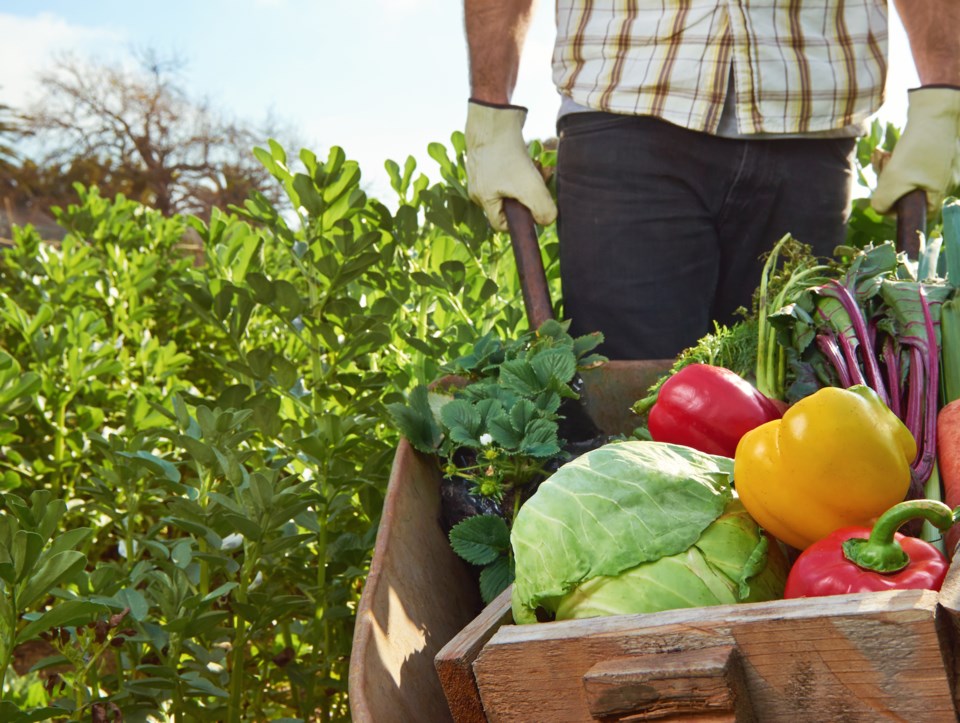The Northern Food Distribution Network wants to make it easier to get locally produced goods into the hands of Northern Ontario consumers, and it’s looking to the producers themselves to help find the best solutions.
This summer, the Network launched a call for project ideas to help address the region’s biggest food distribution woes.
Ranging from storage to transportation, the complications faced by agri-food producers differ depending on which area of the North they’re operating in, said Shyla Wolfe, project manager at Local Food and Farm Co-ops (LFFC), an umbrella organization that oversees and provides support to the network.
“The particular challenges are a bit of a mish-mash,” Wolfe said.
In the Far North, for example, there is plenty of demand, but getting food to consumers is stymied by a lack of viable transportation options.
In other regions, Wolfe said, though demand for locally produced goods has grown throughout the pandemic, consumers feel the cost of homegrown food is too high.
“Reducing those costs, either to meet consumer price point expectations or educating consumers about the real cost of food – which is certainly the way that farmers would like to go – are the kinds of things that we’re trying to tackle as challenges,” Wolfe said.
The project proposals must serve a Northern district, including Parry Sound, Nipissing, Sudbury, Timiskaming, Algoma, Manitoulin, Cochrane, Thunder Bay, Rainy River and Kenora.
They have to benefit the community as a whole, and must address the issue of food distribution directly.
The network’s origins date back to 2017 when a group of Northern Ontario producers got together to discuss common problems they faced in getting a wider audience for their products.
After the network put out its first call for submissions last January, the arrival of COVID-19 quickly put it on the backburner, Wolfe said.
But the process got back on track in August, thanks to federal funding of $356,576, which allowed the network to hire a steering committee coordinator.
After Sept. 28 – the deadline for submissions – the committee will parse through the ideas to find the ones that are most viable.
Wolfe said one example project, which came through during the first round of submissions last winter, is a co-operative credit model proposed for the area between Sioux Lookout and Dryden.
Under that model, participants earn credit for volunteer work with an organization, which can then be used toward the purchase or exchange of healthy food.
“That’s one of the solutions, in terms of dignity in accessibility, that I think is a promising opportunity,” said Wolfe, noting it will be up to the steering committee to make any final decision.
Unfortunately, no money is currently available to help fund a successful project, Wolfe said. But her organization will be supplying project proponents with training.
“That’s one of the direct benefits that the pilot projects will have is the access to training that we can provide them,” she said.
“They’re directly in their communities and they will be able to use those skills to train other individuals in their projects.”
The co-op also plans to set up networking opportunities for proponents.
In November, they’ll be invited to participate in a funders’ forum, a joint initiative with the Ministry of Agriculture, Food, and Rural Affairs and the Ministry of Northern Development, Mines and Forestry.
There, proponents will be matched with “major sector players” in an effort to make the connections needed to secure the capital to fund their projects.
Additional funders’ forums may be held as needed, Wolfe said.




